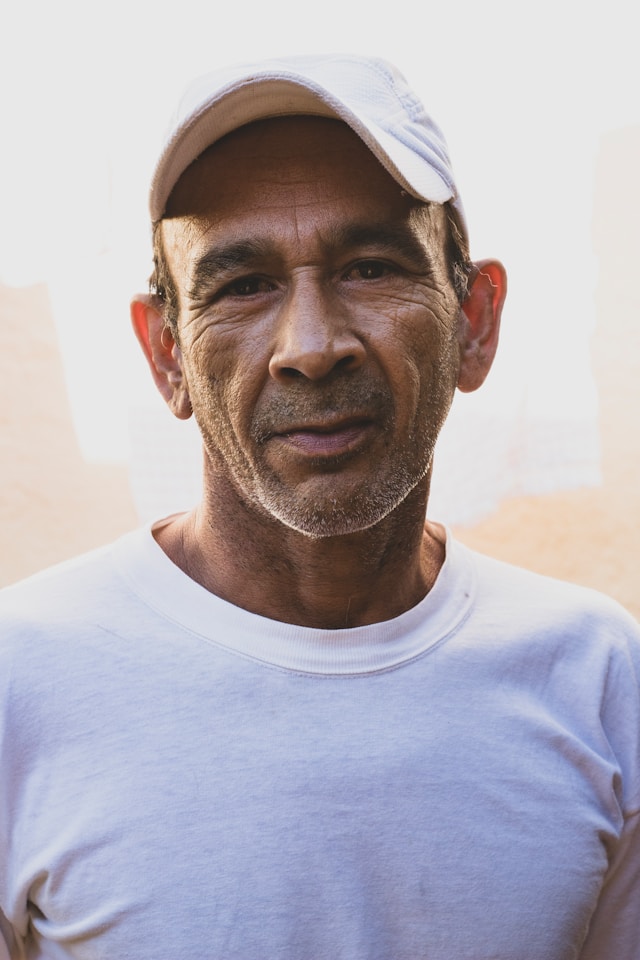Under the Shadow (2016) Ending Explained
TL;DR:
Under the Shadow (2016) is a Persian-language psychological horror film set in 1980s Tehran during the Iran-Iraq War. The ending sees the protagonist, Shideh, and her daughter, Dorsa, fleeing their haunted apartment after confronting a malevolent djinn that has been terrorizing them. The film concludes ambiguously, with Shideh and Dorsa disappearing into a crowd during an air raid, leaving their ultimate fate uncertain. The ending blends supernatural horror with the very real terrors of war, suggesting that the djinn may be a metaphor for the psychological toll of conflict and oppression.
Detailed Explanation of the Ending:
The climax of Under the Shadow occurs when Shideh, a former medical student barred from completing her degree due to Iran's post-revolution policies, finally confronts the djinn that has been haunting her and her daughter. The djinn, which takes the form of a draped figure and preys on fear and guilt, symbolizes the oppressive forces in Shideh's life-political, societal, and personal. In the final scenes, Shideh fights back against the entity, reclaiming Dorsa's doll (which the djinn had been using to manipulate the child) and escaping their apartment. As they flee, the building collapses behind them, seemingly destroying the djinn-or at least its physical manifestation.
However, the film's ending is deliberately ambiguous. Shideh and Dorsa run into the streets during an air raid, merging with a panicked crowd. The camera lingers on the chaos before cutting to black, leaving their fate unresolved. This ambiguity serves multiple purposes: it reinforces the film's themes of uncertainty and helplessness in wartime, and it leaves open the question of whether the djinn was ever truly defeated or if it will continue to haunt them in some form. The ending suggests that the horrors of war and oppression are inescapable, whether they come in the form of bombs or supernatural entities.
Unresolved Questions and Possible Answers:
1. Did Shideh and Dorsa survive the air raid?
- They may have escaped physically but remain psychologically scarred.
- The abrupt ending could imply their deaths, merging their fate with countless other war victims.
2. Was the djinn real, or a manifestation of Shideh's trauma?
- The film leans toward the supernatural being real, given other characters' experiences.
- Alternatively, the djinn could represent Shideh's repressed anger and grief over her lost career and the war's toll.
3. Why did the djinn target Dorsa specifically?
- Children are often seen as vulnerable to supernatural forces in folklore.
- Dorsa's fear and Shideh's guilt (over her inability to protect her daughter) made them easy prey.
Personal Opinion on the Ending and the Film:
Under the Shadow is a masterful blend of horror and historical drama, using the supernatural to explore very real fears. The ending is haunting because it refuses to provide easy answers, mirroring the unpredictability of war. While some viewers might crave closure, the ambiguity is the film's strength-it forces us to sit with the discomfort of unresolved trauma. The djinn serves as a brilliant metaphor for the invisible wounds of conflict, and the final scenes leave a lasting impression. The film's slow-burn tension and cultural specificity make it stand out in the horror genre, and the ending ensures it lingers in the mind long after the credits roll.
Final Thoughts:
Under the Shadow transcends typical horror tropes by grounding its scares in real-world horrors. The ending's ambiguity is a bold choice that elevates the film, making it a poignant commentary on the lingering effects of war and oppression. Whether the djinn was real or symbolic, its impact on Shideh and Dorsa is undeniable, and the film's final moments leave us questioning the nature of fear itself. It's a thought-provoking, emotionally resonant work that deserves its acclaim as one of the best horror films of the 2010s.
